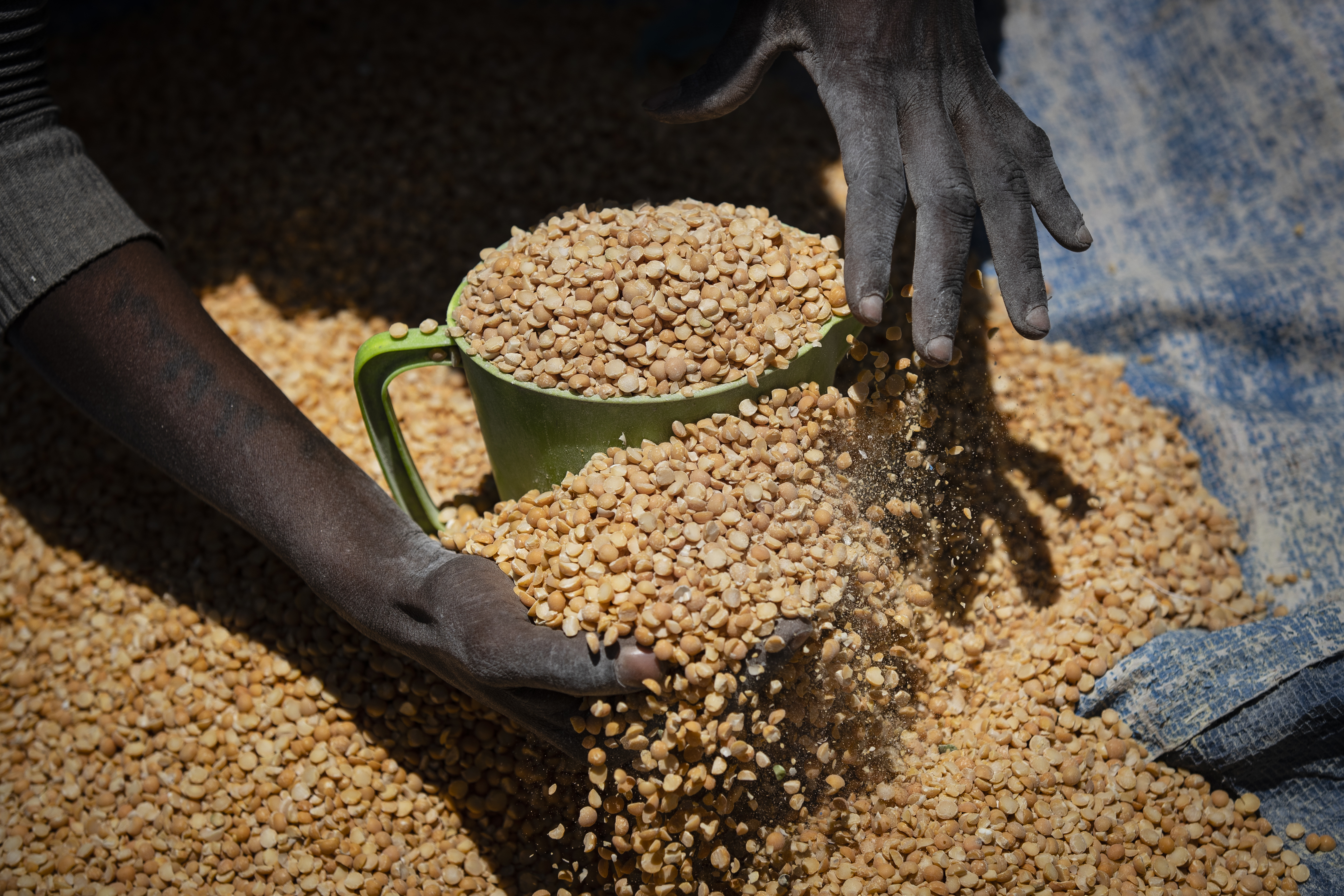
ROME - The number of people facing acute food insecurity rose to some 282 million in 2023, the United Nations Food and Agriculture Organization said on Wednesday. This is an increase of 24 million since 2022, the FAO stressed in its latest Global Report on Food Crisis.
The number of people on the brink of famine also rose to over 700,000 last year, almost double the number registered in 2022.
The UN agency called for an "urgent response".
Over 281.6 million people -- or 21.5 percent of the population assessed in the report -- faced high levels of acute food insecurity last year across 59 countries and territories
"One of the most important findings (in the report) is that ... the percentage of the assessed population in acute food insecurity remained stubbornly high in 2023," FAO Director of Emergencies and Resilience Rein Paulsen warned.
The root causes were wars, extreme climate events, and economic crises combined with "inadequate action." Especially the Israel-Hamas conflict and the war in Sudan were identified as key factors contributing to the escalating global emergency.
ALSO READ: FAO food price index rebounds from three-year low
"The Gaza Strip has the highest number of people facing catastrophic hunger ever recorded by the Global Report on Food Crises, even as blocked aid trucks line up at the border," UN Secretary-General Antonio Guterres stressed in the foreword to the report.
Over 281.6 million people -- or 21.5 percent of the population assessed in the report -- faced high levels of acute food insecurity last year across 59 countries and territories.
On the other hand, the situation improved in other 17 countries, which resulted in 7.2 million fewer people suffering acute food insecurity in the same period.
Nevertheless, the report warned that the outlook for 2024 is bleak, with no substantial improvement forecast, and with wars, extreme weather, weak purchasing power in low-income countries, and a decrease in humanitarian funding expected to keep affecting populations already experiencing food insecurity.


